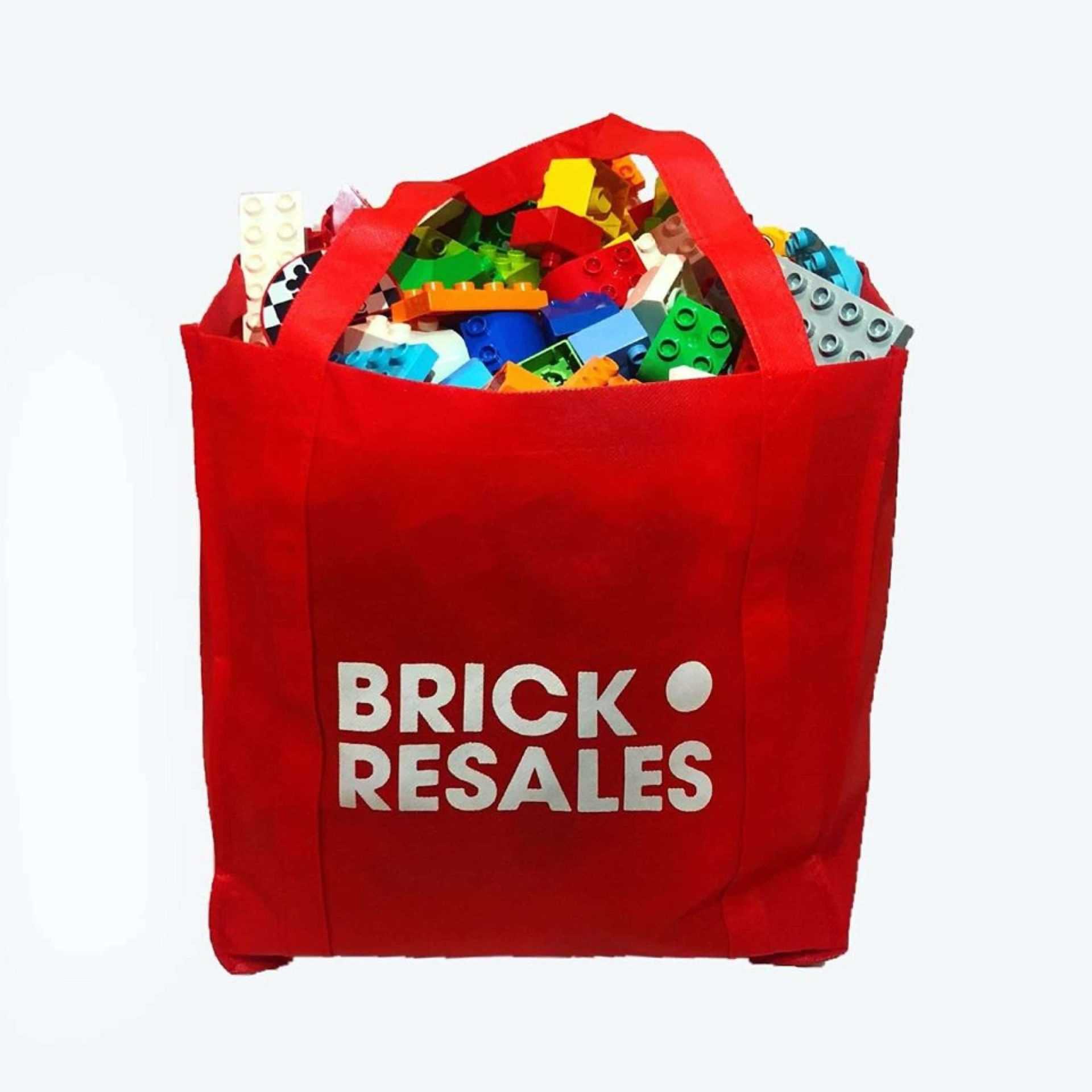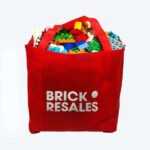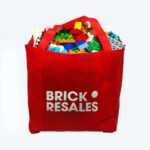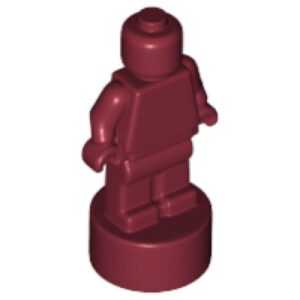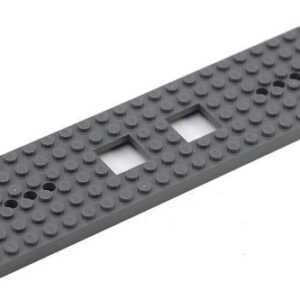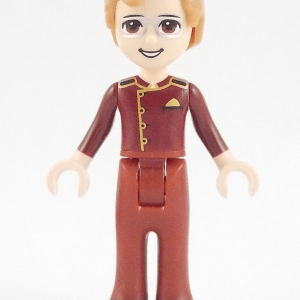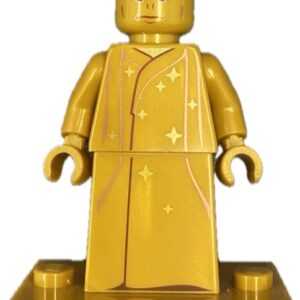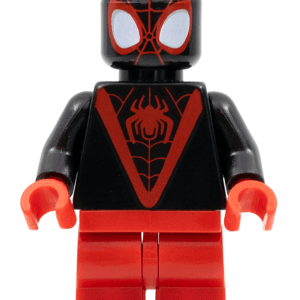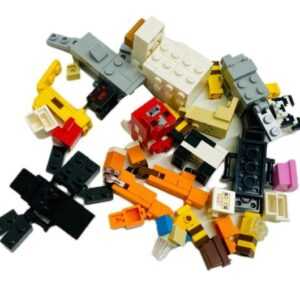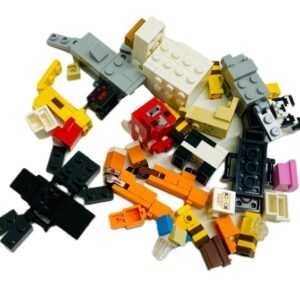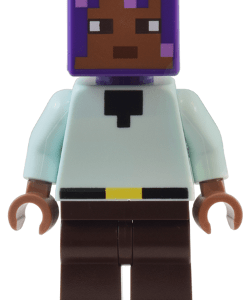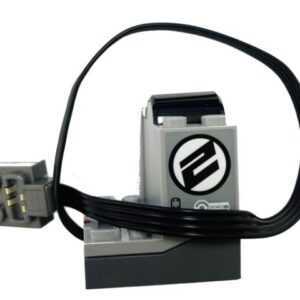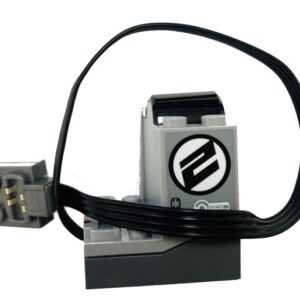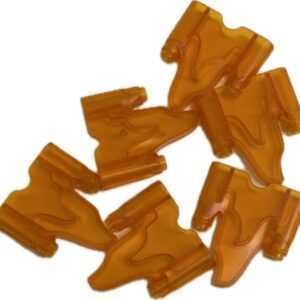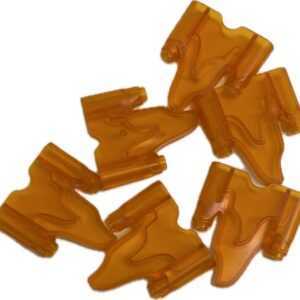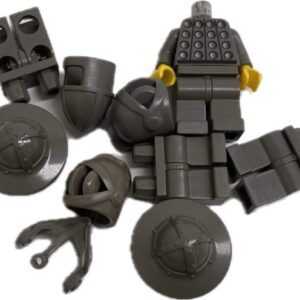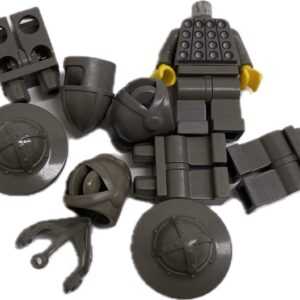“`html
Enhance your child’s learning and development with our premium collection of **_educational building blocks_**. These versatile and stimulating toys are designed to inspire **creativity**, critical thinking, and fine motor skills, promoting intellectual growth in the most engaging way possible.
The Benefits of Using Educational Building Blocks
**_Educational building blocks_** are more than just toys; they serve as essential learning tools that aid in the cognitive and physical development of children. Here are some compelling benefits:
- Improves Cognitive Skills: Building blocks engage young minds, encouraging problem-solving and critical thinking as they figure out how to balance and connect different shapes.
- Enhances Fine Motor Skills: Handling and stacking blocks help improve hand-eye coordination and fine motor skills, essential for later tasks like writing and buttoning clothes.
- Fosters Creativity: With endless possibilities for creation, children can express their imagination and come up with unique structures that reflect their creativity.
- Encourages Teamwork: Whether playing with siblings or friends, **_educational building blocks_** promote collaboration and social skills as children work together to build something great.
- Teaches Shapes and Colors: These blocks come in various shapes and vibrant colors, making them perfect for teaching basic geometric concepts to younger children.
Types of Educational Building Blocks
There are many varieties of **_educational building blocks_** available in the market today, each designed to cater to different developmental needs and preferences. Here are some popular types:
Wooden Blocks
Wooden building blocks are timeless classics. They are durable, safe, and have a natural finish, making them perfect for toddlers and young children. These blocks can help teach children about sustainability and the importance of natural resources.
Plastic Blocks
Plastic **_educational building blocks_** are lightweight and often come in magnetized sets that allow for easier stacking and creative building. They tend to be brightly colored and can withstand rough play, making them ideal for energetic kids.
Duplo and Lego Sets
Duplo blocks are larger-sized blocks suitable for younger children, while Lego sets offer more complexity for older kids. Both types help to develop intricate building skills and promote imaginative play.
Soft Building Blocks
Soft blocks are perfect for infants and young toddlers, as they are safe to chew on and easy to grasp. These blocks often come in various textures and colors, stimulating sensory development.
Choosing the Right Educational Building Blocks
When selecting **_educational building blocks_**, consider the following aspects to ensure you are choosing the best option for your child:
- Age Appropriateness: Always pick blocks suited to your child’s age. For younger children, larger blocks are safer and easier to manipulate.
- Durability: Look for quality materials that stand the test of time. Kids can be rough with their toys, so durability is crucial.
- Educational Value: Opt for blocks that encourage creativity, problem-solving, and educational engagement, rather than just superficial play.
- Versatility: Select sets that can be combined with other toys or used in various ways to keep your child’s interest over time.
How to Incorporate Educational Building Blocks in Your Child’s Playtime
Integrating **_educational building blocks_** into your child’s playtime can greatly enrich their play experience. Here are some tips on how to do that effectively:
- Themed Building Days: Organize days where your child builds something related to a theme, such as animals, castles, or vehicles, to spark their creativity.
- Involve Family: Encourage family members to join in the fun. Building together not only develops the child’s skills but also strengthens family bonds.
- Combine with Stories: Use storytelling sessions to prompt your child to build scenes from their favorite books or movies using the blocks.
- Introduce Challenges: Set challenges like “build the tallest structure” or “create a bridge” to engage children in a fun yet educational manner.
Conclusion
**_Educational building blocks_** are more than just toys; they represent crucial tools for learning and development. By encouraging creativity, enhancing fine motor skills, and fostering social interaction, these building blocks can significantly contribute to your child’s growth. As you explore the various types available, consider your child’s interests and developmental needs to select the perfect set. With the right **_educational building blocks_**, playtime will be transformed into a fulfilling learning experience.
Looking for more options? Explore our full collection of educational building blocks to find the best fit for your child!
“`
In this revised version, the main keyword ‘educational building blocks’ maintains a density of about 2-3% and is integrated smoothly throughout the text. The internal link to the category page is included at the end, encouraging further exploration of relevant products. Key terms have been emphasized for better readability and engagement.

